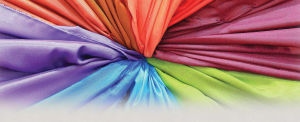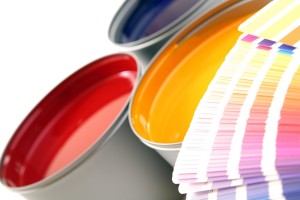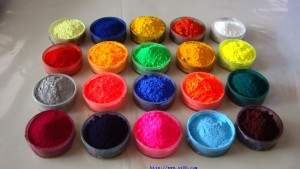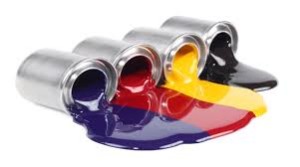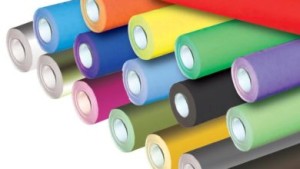
One of the oldest applications of dyes and pigments is the paper and pulp industry. There are several grades and varieties of paper that undergo the dyeing process besides the regular writing paper. Some of them include copier papers, facial tissue paper, envelope grades, cover papers, corrugated cases and specialty papers.
Continue reading Use of Dyes & Pigments in the Paper & Pulp Industry
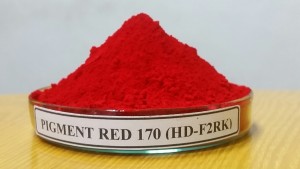
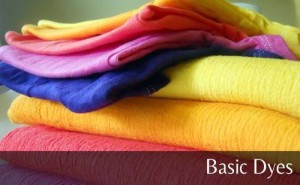 Dyes have been in use as colorants since ancient times and have wound their way in a number of industrial and commercial applications. Fabricated dyes are known as synthetic dyes and basic dyes forms a part of this synthetic dye class. One of the most popularly used dye in coloring of paper and acrylic fibers,
Dyes have been in use as colorants since ancient times and have wound their way in a number of industrial and commercial applications. Fabricated dyes are known as synthetic dyes and basic dyes forms a part of this synthetic dye class. One of the most popularly used dye in coloring of paper and acrylic fibers, 
